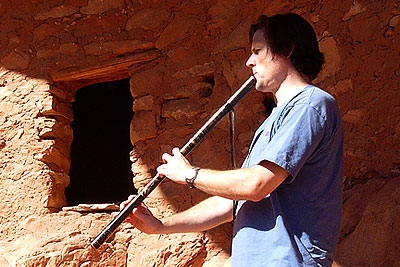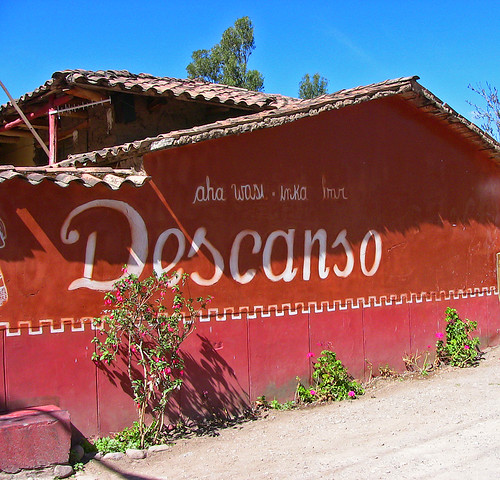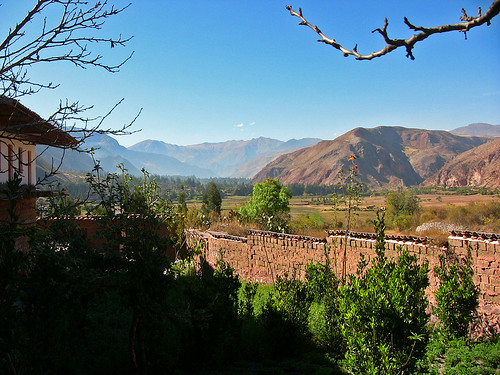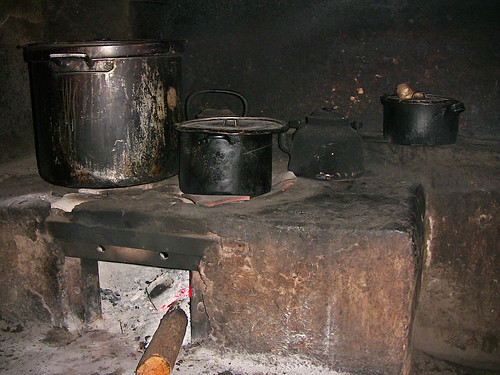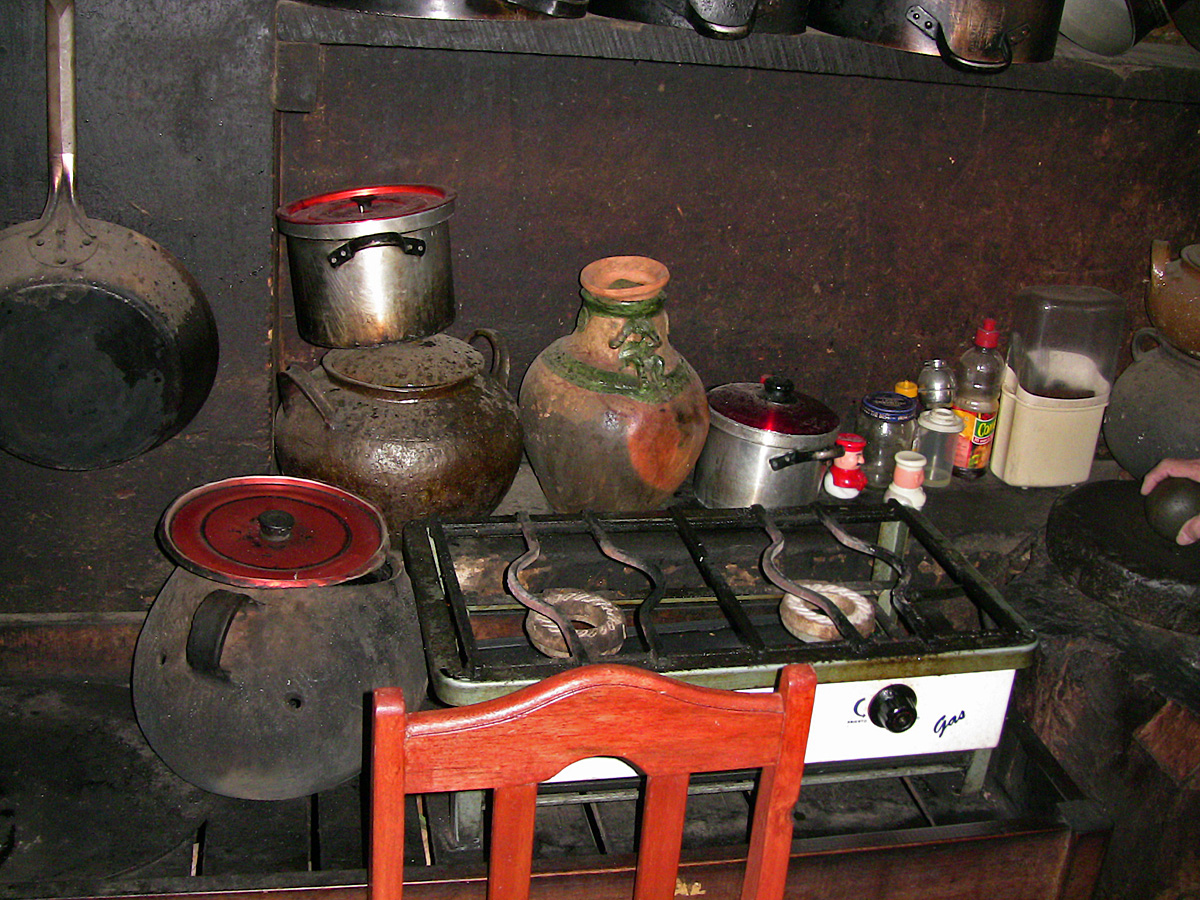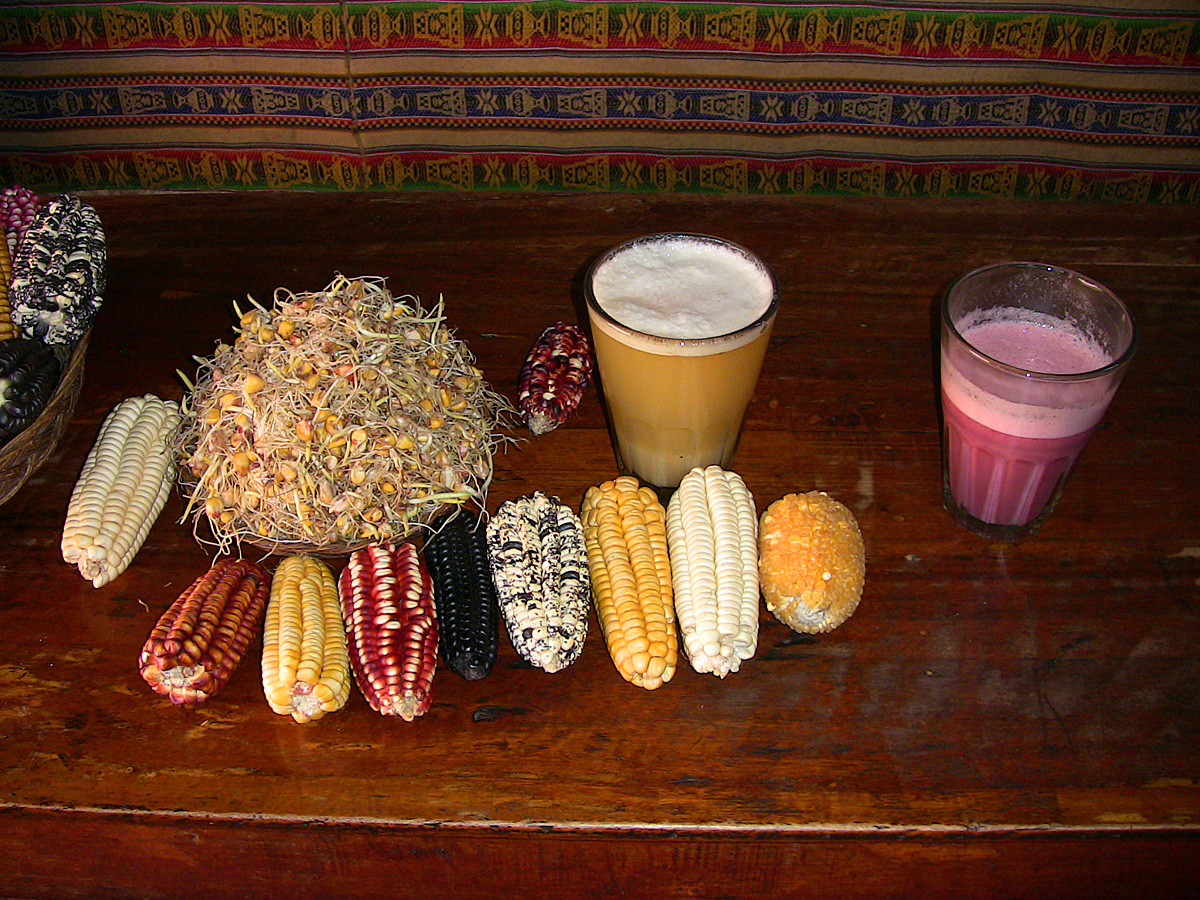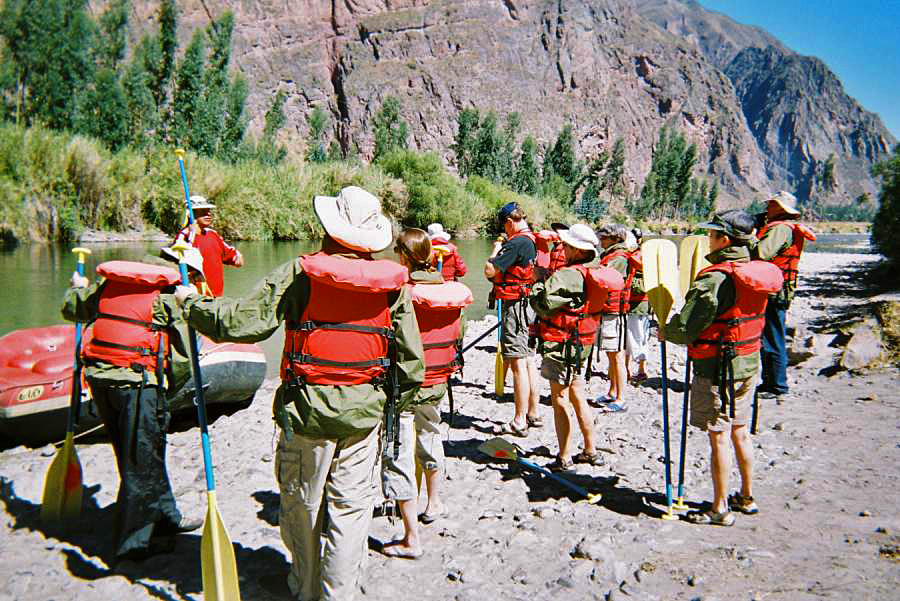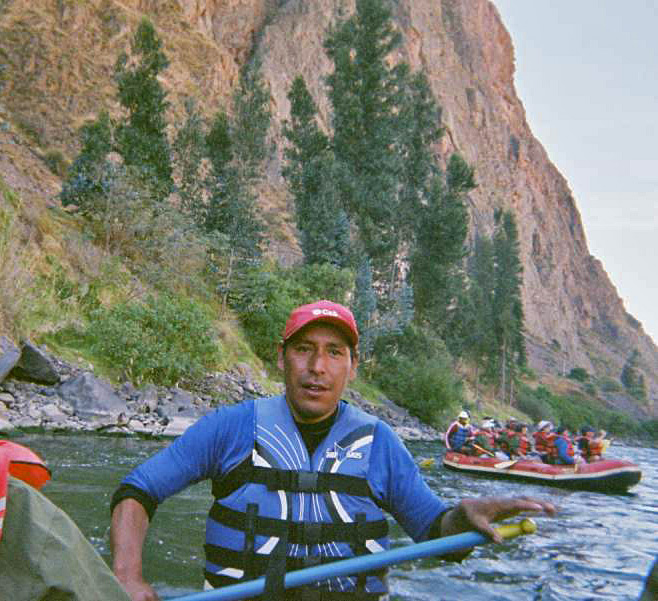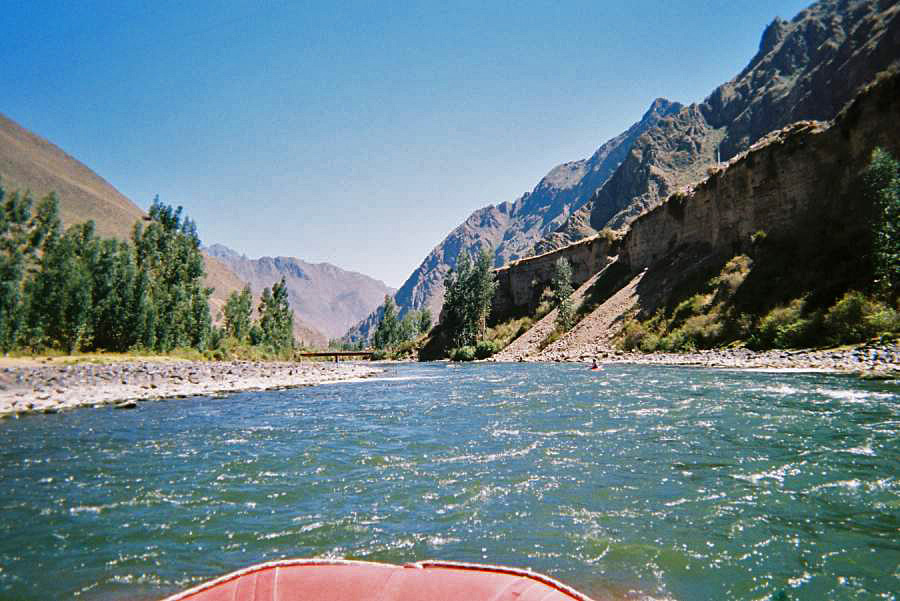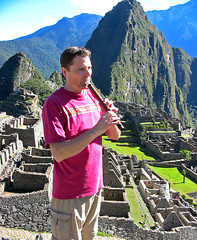Now you can purchase high quality MP3 files of Scott August's recordings directly from his website!

Why would you give your money to Steve Jobs & Apple (or Amazon) when you can buy direct from the artist?
Thoughts and Posts about the Native American flute, the Anasazi flute and the Southwest.


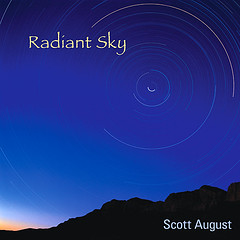
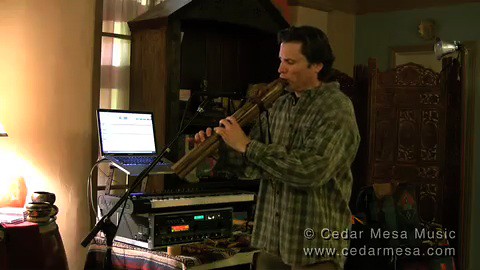
The song Santa Fe, track 5 from Radiant Sky, is the only piece on that release which features a Native American Style flute. This is accompanied by a lot of world instruments: Kalimba, Javanese gongs, Gamelan, Ouds and tons of world percussion. Since the flute plays a prominent part in this tune we'll take a closer look at it here.
THE FLUTE
The flute is a NAF in the key of G minor pentatonic, made of aspen wood by JP Gomez. of Heartsong Flutes This is one of my favorite flutes. It was one of the first ones I got from J.P. and is still my "go to" flute in that key. Here is a photo of me performing "Heart of the Sky" at the 2006 Zion flute festival.

I can say without hesitation that JP's flutes are some of the finest flutes out there. His sound is clear and sings, the finger holes are well placed to be very comfortable and, in my experience, they are always in tune. Now I must admit that even though I've owned this flute for some time and perform live on it every show, until Santa Fe I had not recorded it yet. This did not have anything to do with the flute, but that I wasn't writing songs for NAF much at the time, and not in the key of G. So when I began to sketch out the ideas for Santa Fe I did so with this flute in mind.
THE TUNES
There are about five tunes, or themes in Santa Fe. The rhythmic intro, the three flute themes and the recurring oud/piano breaks. Everything bounces along at a nice toe-tapping tempo and there is a lot of interplay between the instruments. For most NAF lovers however, the flute melodies are the main element that grabs the listener. Rightly so, as it plays the main tunes.
There is a lot of syncopation in the first theme. The clipped duration on the notes throughout the tune accentuate this. The second theme is more driving, although with still a lot of syncopation. The third flute theme is more soaring, with lots of trills and turns. The flute themes are in an AABBCCBBA form. We could simplify this as ABCBA just make it a little easier to get our minds around it. This simplified form, however, does not take the other themes into account, so the piece is slightly more complex.
The first A theme starts at Measure 24, the second at measure 57. Then we hear the B theme at measure 75, the second statement at measure 87. Then at measure 95 we hear the C theme. From that point on it should be pretty easy to hear the different themes.
Here is a sample from Santa Fe with the first NAF A theme and a little of the Oud/Piano theme, or interlude.
Each time a theme occurs there is a small amount of variation. This is either a change of the notes in the tune itself or a change of what is accompanying it, or both. Sometimes new material is added, sometimes exsiting material is removed, or, again, sometimes both happen. It can be really subtle, but the listener notices on some unconscious level. There are no rules.
THE NAF SCORE
For a while now people have been asking me if I'm ever going to publish some of my music in a song book.
This happens to be an ongoing goal of mine, especially the tunes from New Fire. I don't have "release" date, and am not even sure if the demand is high enough to justify it. The work is very time intensive and, up until recently, required the use of an application that I don't use a lot, so I'm always forgetting how to make it do what I want.
A few weeks ago however, I learned that with the latest version of Digital Performer I can now add the TAB finger charts directly into its notation window! So I decided to arrange the NAF themes from Santa Fe in TAB.
If the response to this is positive I'll consider putting more energy into a songbook of the tunes from New Fire.
For the score to Santa Fe I kept a lot of the ornamentation from the recording: turns, short trills, etc., but I cleaned up some of the staccato rhythms so it wouldn't look like a mass of 18th and= 16th note rests. I also didn't worry about notating the bends and chirps that I recorded. (To be honest I don't think that people should even try to play it just like I did when I recorded. Even I don't do that when I perform it live. Where's the fun in that?) However, if you play along with Santa Fe you'll be able to hear the few little bits that might not be in the score. The point, for me, was to present a clean, easy to read notation of the song. One that would be easy for most players to follow.
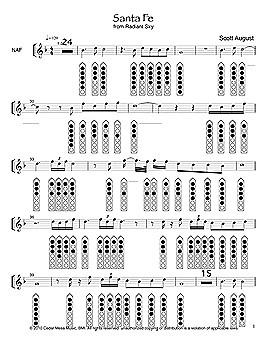
It's available for purchase HERE as a 8.5 X 11 printable PDF file for $1.99, or for member's of my Email List, for only $1.79.
If you're on my Email List already you can purchase it in the Member's Store. If you'd like to join my mailing list you can sign up on the Email List Sign Up Page.It's easy and free. Plus you get discounts on all Cedar Mesa Music products, Free MP3 downloads and my online newsletter "Echoes From The Mesa"
If you're not a member, and don't want to sign up you can still purchase it below.
If you don't own a copy of Radiant Sky yet, you can purchase a copy here or, if you're a Emailing List Member, in the Member's Store located in the Member's Section.
In
Harmony,
-Scott August
